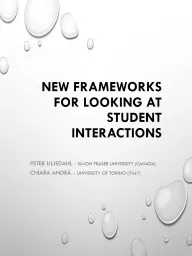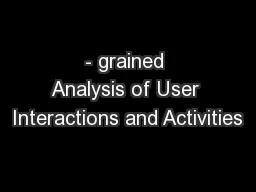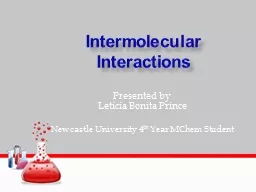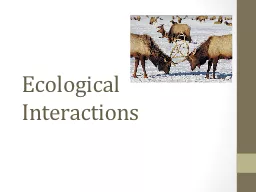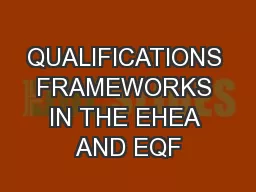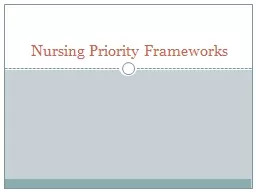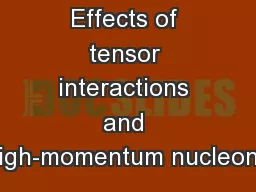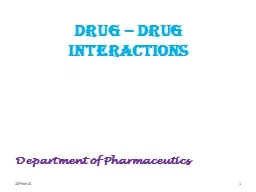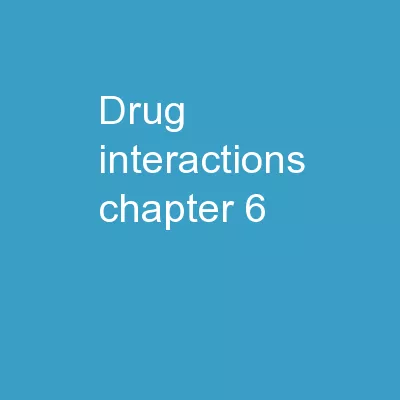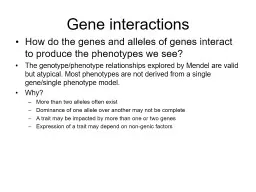PPT-New Frameworks for Looking at Student Interactions
Author : cheryl-pisano | Published Date : 2017-01-11
Peter Liljedahl Simon Fraser University Canada Chiara Andrà University of Torino Italy An introduction Luca Fabio Davide Marco the problem A robot walks
Presentation Embed Code
Download Presentation
Download Presentation The PPT/PDF document "New Frameworks for Looking at Student In..." is the property of its rightful owner. Permission is granted to download and print the materials on this website for personal, non-commercial use only, and to display it on your personal computer provided you do not modify the materials and that you retain all copyright notices contained in the materials. By downloading content from our website, you accept the terms of this agreement.
New Frameworks for Looking at Student Interactions: Transcript
Download Rules Of Document
"New Frameworks for Looking at Student Interactions"The content belongs to its owner. You may download and print it for personal use, without modification, and keep all copyright notices. By downloading, you agree to these terms.
Related Documents

